The Internet of Things (IoT) is a groundbreaking technological evolution that interlinks devices and systems through the internet, enabling them to collect, exchange, and act on data. By embedding sensors and connectivity into everyday objects, IoT is creating a smarter, more connected world. This blog explores the key categories of IoT, showcasing how they each contribute to technological advancement and enhance various aspects of life.
1. Smart Home Technology: Revolutionizing Domestic Life
Overview: Smart home technology is one of the most accessible and rapidly growing sectors within IoT. It integrates advanced technology into household devices to enhance convenience, security, and energy efficiency.
Key Examples:
- Smart Thermostats: Devices like the Nest or Ecobee that adjust heating and cooling settings based on user habits and preferences.
- Smart Lights: Systems such as Philips Hue that allow users to control lighting remotely and set schedules.
- Home Security Systems: Includes smart locks, cameras, and doorbells that provide enhanced surveillance and access control.
Impact:
- Convenience: Automates routine tasks and offers remote control over home systems.
- Energy Savings: Optimizes energy use and reduces utility costs.
- Enhanced Security: Provides real-time alerts and remote monitoring for improved safety.
Smart home technology demonstrates how IoT can transform ordinary living spaces into intelligent environments tailored to individual needs.
2. Industrial IoT (IIoT): Enhancing Manufacturing and Operations
Overview: Industrial IoT focuses on the application of IoT technologies in industrial settings to improve efficiency, safety, and productivity. It integrates sensors, data analytics, and automation into industrial processes.
Key Examples:
- Predictive Maintenance: Uses sensors to monitor machinery and predict maintenance needs before failures occur.
- Automated Production Lines: Robotics and automated systems that streamline manufacturing processes.
- Supply Chain Optimization: Tracks inventory and optimizes logistics to enhance supply chain management.
Impact:
- Increased Efficiency: Automates processes and improves productivity.
- Enhanced Safety: Monitors equipment and environmental conditions to prevent accidents.
- Cost Reduction: Lowers operational costs through optimized resource management.
IIoT is revolutionizing industries by enabling smarter, more efficient production and operational processes.
3. Wearable Technology: Personal Health and Fitness Tracking
Overview: Wearable technology involves IoT devices that can be worn on the body to monitor health and fitness metrics. These devices provide real-time data on various aspects of personal well-being.
Key Examples:
- Fitness Trackers: Devices like Fitbit and Garmin that track physical activity, heart rate, and sleep patterns.
- Smartwatches: Multi-functional devices such as the Apple Watch that offer fitness tracking along with notifications and apps.
- Health Monitors: Includes devices like continuous glucose monitors and ECG patches that track specific health conditions.
Impact:
- Health Monitoring: Provides detailed insights into personal health and activity levels.
- Convenience: Integrates multiple functions into a single wearable device.
- Data-Driven Decisions: Supports better health management through actionable data.
Wearable technology showcases how IoT can empower individuals to take control of their health and fitness with real-time monitoring.
4. Smart Cities: Transforming Urban Living
Overview: The smart city category applies IoT technology to urban infrastructure and services to enhance the quality of life for residents and improve city management.
Key Examples:
- Smart Traffic Systems: Uses sensors and data analytics to manage traffic flow and reduce congestion.
- Smart Waste Management: Implements sensors to monitor waste levels and optimize collection routes.
- Energy Management Systems: Includes smart grids and meters that manage and reduce energy consumption across urban areas.
Impact:
- Efficiency: Improves the management of urban resources and services.
- Quality of Life: Enhances living conditions through better infrastructure and services.
- Sustainability: Supports environmental goals by optimizing resource usage and reducing waste.
Smart cities illustrate how IoT can address urban challenges and create more sustainable, livable environments.
5. Agricultural IoT: Precision Farming and Sustainable Agriculture
Overview: Agricultural IoT, or smart farming, utilizes IoT technologies to optimize agricultural practices, improve crop yields, and support sustainable farming methods.
Key Examples:
- Precision Agriculture: Employs sensors and data analytics to monitor soil conditions, crop health, and weather patterns.
- Automated Irrigation: Adjusts watering schedules based on real-time soil moisture data to conserve water.
- Livestock Monitoring: Uses sensors to track the health and location of animals, improving their care and management.
Impact:
- Increased Productivity: Enhances crop management and resource use for better yields.
- Resource Efficiency: Reduces waste and optimizes the use of resources.
- Sustainability: Promotes environmentally friendly farming practices.
Agricultural IoT represents a significant advancement in farming technology, driving efficiency and sustainability in food production.
Conclusion
The Internet of Things encompasses a diverse range of categories, each with its unique applications and benefits. From smart home devices that enhance daily life to industrial IoT innovations that transform manufacturing, and from wearables that monitor personal health to smart cities and precision farming that drive sustainability, IoT is shaping the future of technology and society. Understanding these categories highlights the broad impact of IoT and its potential to continue revolutionizing various aspects of our lives. As technology advances, the scope and capabilities of IoT will expand, offering even more opportunities for innovation and improvement.


